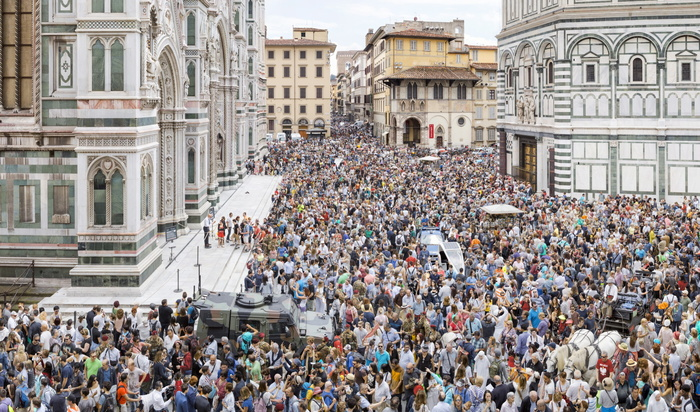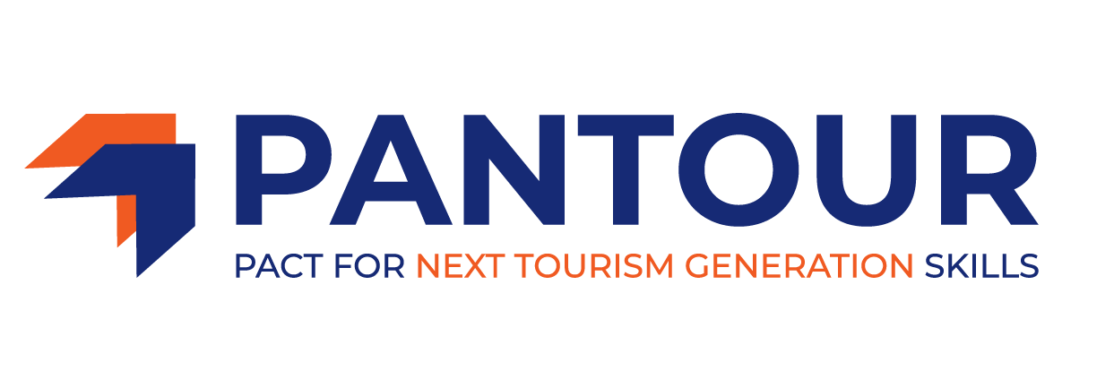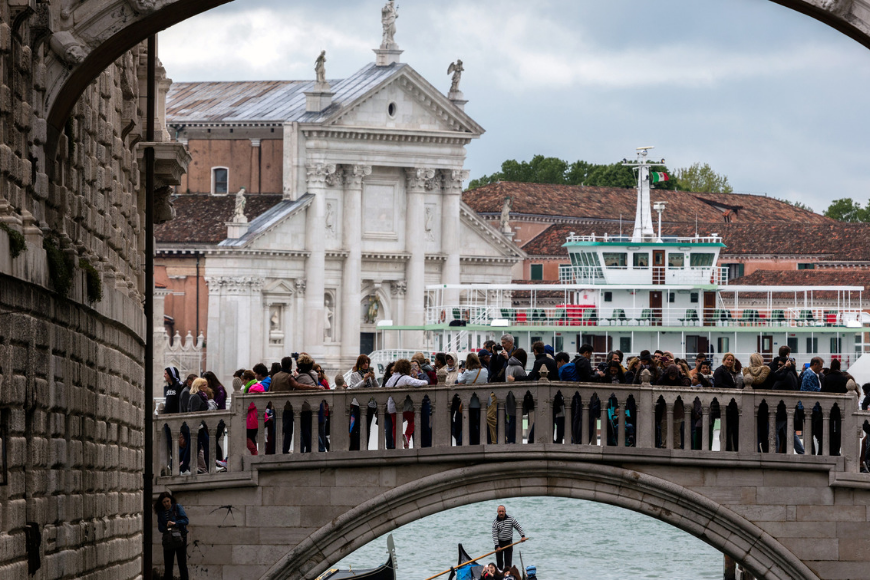The Next Tourism Generation project and Overtourism – case of Italy
The Next Tourism Generation project (NTG), with the establishment of the first European Blueprint Sector Skills Alliance for the tourism sector, will identify skills for managing over tourism and will be included in the destination management skills matrix.
NTG provides innovative and highly relevant skills development products and tools for improving the links between industry, governments and education providers in five key tourism sub-sectors: hospitality, food and beverage operations, travel agencies and tour operators, visitor attractions, destination management. All the five sub-sectors are involved in the complex phenomenon of overtourism, although Destination Management and Visitor Attractions are the key sub-sectors more strictly related to overtourism, and where public authorities need to be equipped with the right skills to keep tourism as a form of positive growth for destinations and communities.
Tourism flows management
International tourist arrivals worldwide are expected to increase by 3.3% a year between 2010 and 2030 to reach 1.8 billion by 2030, according to UNWTO’s long-term forecast report Tourism Towards 2030. Protected areas, particularly World Heritage sites, are some of the main touristic attractions and are subject to growing visitation.
On one hand, this growth has doubtless positive effects in economic and employment terms. On the other hand, the growing number of urban tourists increases the use of natural resources, causes socio-cultural impact and exerts pressure on infrastructure, mobility and other facilities.
For this reason, it is necessary to rethink the management of tourist flows to avoid the accumulation of the negative effects of the excessive concentration of visitors during certain periods of the year and to link the economic system to this industrial sector, in order to make it sustainable for all the actors involved.
Tourism will only be sustainable if developed and managed considering both visitors and local communities
To better understand the challenges arising from visitors’ management in urban contexts, particularly the relationship between residents and visitors, UNWTO wrote a report that includes a set of recommendations and an analysis of residents’ perceptions towards tourism in eight European cities that are coping with ‘overtourism’ nowadays – Amsterdam, Barcelona, Berlin, Copenhagen, Lisbon, Munich, Salzburg and Tallinn.
What is “overtourism”?
‘Overtourism’ is a relatively new term in the public and academic debate on the negative consequences of tourism (Ali, 2016 ). As quoted by Ali (2016) “Overtourism represents a potential hazard to popular destinations worldwide, as the dynamic forces that power tourism often inflict unavoidable negative consequences if not managed well. In some countries, this can lead to a decline in tourism as a sustainable framework is never put into place for coping with the economic, environmental, and sociocultural effects of tourism. The impact on local residents cannot be understated either”.
Key skills for Managing tourism flows and how to avoid concentration of visitors in a few cities only in certain periods of the year
- Creating and distributing a planned calendar of events that attract tourist flows in a distributed way throughout the year, harmonizing the calendar of trade fairs with production activities and local educational institutions in order to allow tourism businesses to operate according to criteria based on seasonal adjustment;
- Creating permanent tables with international tourism operators, with travel agencies and tour operators to develop an attraction and distribution plan for visitors even in low season;
- Regulating the offer of tourist rentals to avoid unfair competition between companies, as well as preserving the housing fabric between residents and tourists;
- Encouraging deseasonalization through the creation, in conjunction with the territories, of tourism products related to health tourism, wellbeing, spas and silver age also through dedicated welfare instruments.
Prof. Paul Peeters from the University of Breda, in a 2018 Study for the EU TRAN (transport and tourism) Committee, shows 105 destinations worldwide with overtourism impacts, 75 of which are in Europe.
“The study comes to the conclusion that the effects of overtourism can be severe for destinations and their citizens and nature, but a common set of indicators to prevent overtourism cannot be defined due to its very different causes. Custom-made policies and the cooperation between the different stakeholders are therefore necessary to avoid overtourism”
He recommends the establishment of a European Task Force on Overtourism to further work on this matter.
Members of the European Parliament focused on the following points:
- coordination on European level to address overtourism
- tourism as a job creator
- tourism policy needs a specific budget in the EU
- need for a European Commissioner responsible for Tourism
- more quality than quantity
- better exchange with the tourism sector
- need for more certifications in the tourism sector?
- need to address citizens’ concerns in hyped destinations
- consider that in some regions tourism is the only source of revenue
- development of digital platforms to regulate tourism flows
- develop alternatives to cruise tourism, more sustainable tourism needed
- address low cost travel
- overtourism needs to be addressed in the regions and destinations, financial help to do this
- taxation of platforms like airbnb etc.
- develop smart tourism, cultural tourism
- digitalisation of the tourism industry is necessary
The study can be found here: https://www.europarl.europa.eu/RegData/etudes/STUD/2018/629184/IPOL_STU(2018)629184_EN.pdf
The Most Overcrowded Italian Tourist Destinations
Officially 13,5 millions of tourists visited the city of Florence in 2018: 50,8% more than 2008. Lately, the Municipality has adopted safeguard policies against the mutation of the historic centre in a theme park, putting a brake on the spread of tourist rentals, for example, encouraging residency, providing tax breaks for residents, allocating public buildings to social housing.

Figure 1: Florence
Furthermore, Florence provides rents at a reduced fee for young couples on services, and transport to public parks, to make life easier for those who live there.
Before implementing a limited number of tourist arrivals, Florence is working on the implementation of policies that regulate the flows and increase the quality of tourism in the city, discouraging the so-called “hit and run tourism” Instead, they aim to encourage Meetings, incentives, conferences and exhibitions (MICE) tourism.

Figure 2: VENICE – Vladimir Korostyshevskiy/Shuttertock
How Next Tourism Generation project contributes to Overtourism
- NTG has established in the 8 countries Industry Skills Groups, a Skills Forum. Specific working groups can be created under each of the Industry Led Skills Group to identify pilot areas and solutions.
- NTG will define new standards for planning, management and monitoring skills
- The NTG blueprint will represent a ‘policy” tool in support also of overtourism
- NTG has been designed on a sustainable tourism management certification PM4SD (Project Management for Sustainable Tourism).
Source:
Ali, R. (August, 2016). Exploring the Coming Perils of Overtourism. Retrieved on December from https://skift.com/2016/08/23/exploring-the-coming-perils-of-overtourism/




No Comments